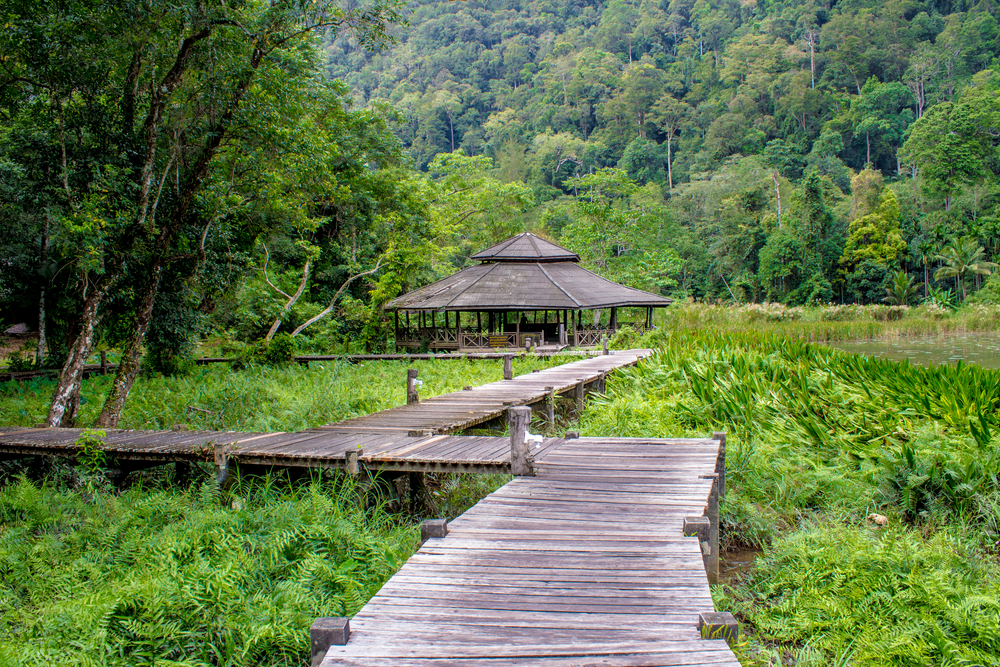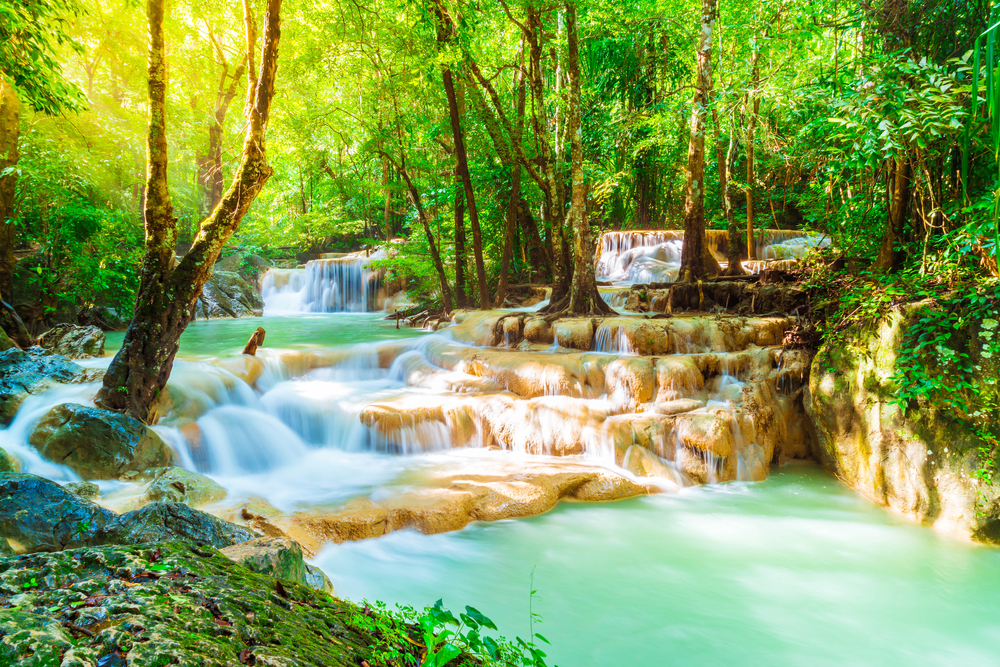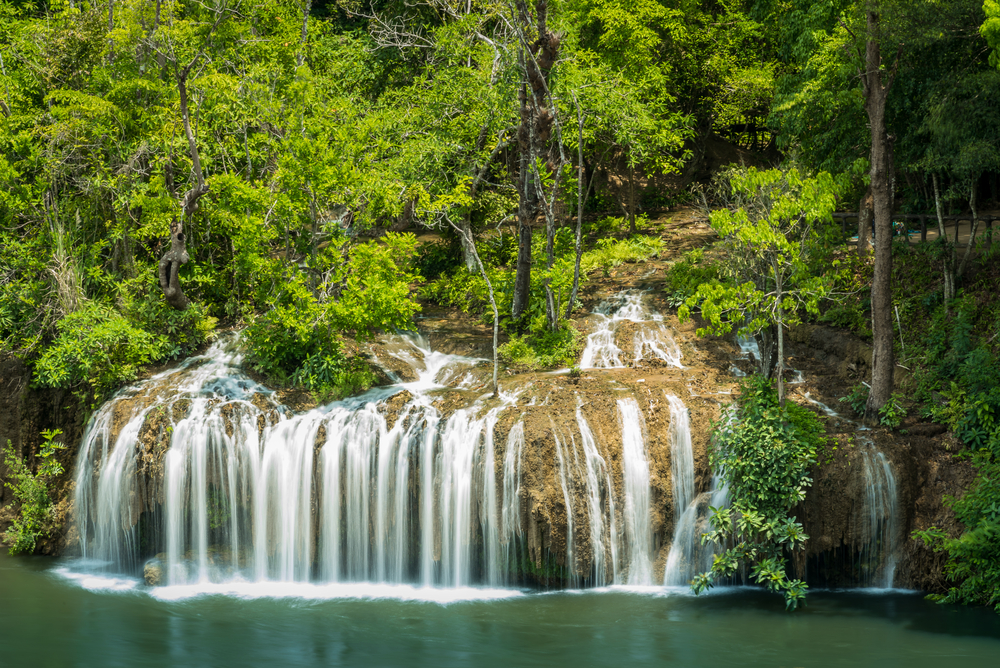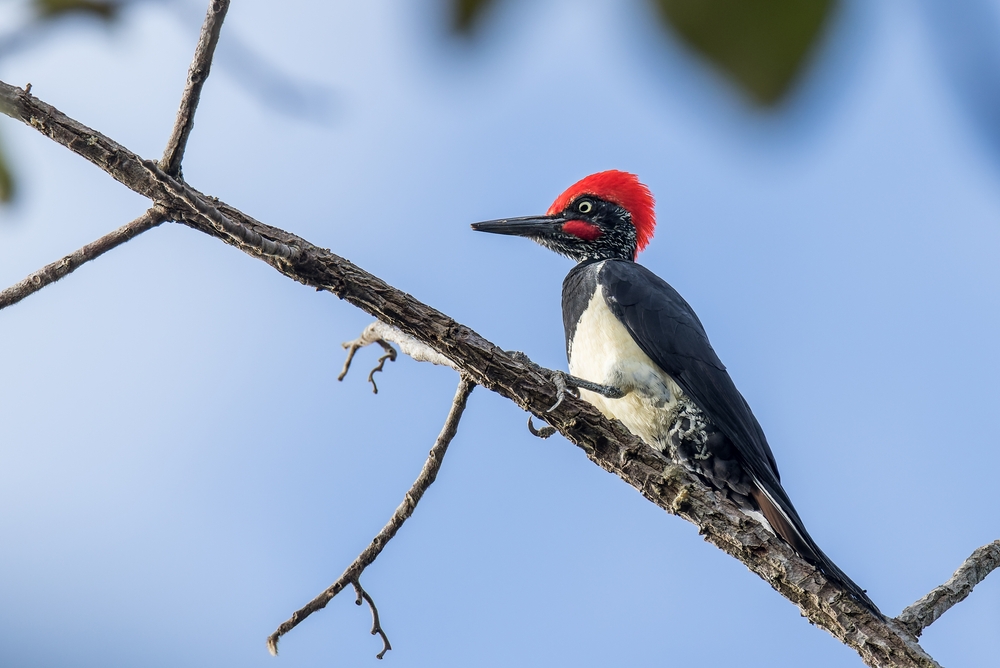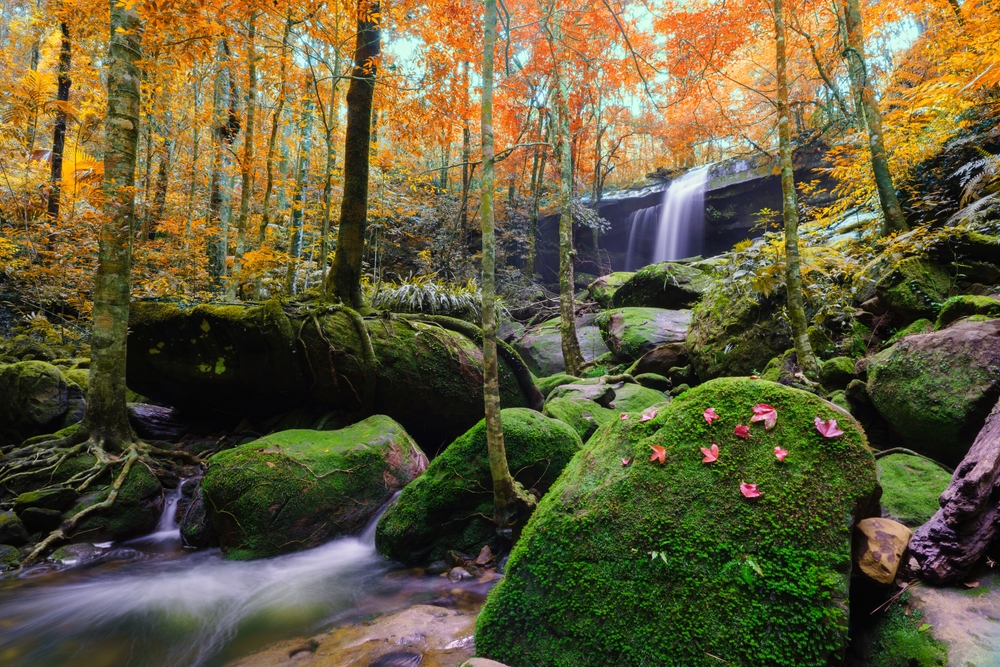Thale Ban Overview
Thale Ban National Park, locally known as “อุทยานแห่งชาติทะเลบัน,” is a lush and serene protected area located in the southern province of Satun, Thailand, near the Malaysian border. Spanning approximately 38 square miles (98 square kilometers), this park is a haven of biodiversity and captivating landscapes.
Its name, “Thale Ban,” translates to “Sea of the Dam” in Thai, reflecting the park’s centerpiece, a tranquil, swamp-like lake formed by a geological subsidence over 200 years ago. Surrounded by the towering Sankalakhiri mountain range, the park’s diverse topography includes limestone hills, caves, waterfalls, and verdant lowland forests.
The terrain at Thale Ban National Park is dominated by tropical rainforest and mixed deciduous forests, creating a lush environment teeming with life. The Sankalakhiri mountain range, a critical feature, provides stunning vistas and habitats for a variety of flora and fauna. Cascading waterfalls such as Yong Waterfall enhance the park’s natural charm, while limestone caves and rock formations add to its geological interest.
The dense forest is interspersed with swamps and small streams, contributing to the park’s ecological diversity. Vegetation includes towering hardwood trees, palms, and a variety of epiphytes, including orchids and ferns, which thrive in the humid climate.
The park is renowned for its wildlife. Mammals such as dusky leaf monkeys, long-tailed macaques, Malayan sun bears, and Asian small-clawed otters roam its forested areas. It is also a birdwatcher’s paradise, hosting over 200 species of birds. Iconic avian inhabitants include the great hornbill, Oriental pied hornbill, and chestnut-breasted malkoha. Rare and endemic species such as the Malaysian blue flycatcher can also be spotted. Amphibians and reptiles, including frogs, lizards, and snakes, are present, contributing to the park’s rich biodiversity.
Visitors to Thale Ban National Park can enjoy a variety of activities. The Thale Ban Swamp is perfect for birdwatching and offers serene boat rides. Hiking trails meander through the forest and up the hills, offering opportunities to explore the park’s diverse ecosystems and scenic views. Yong Waterfall is a popular spot for picnicking and cooling off in its refreshing waters. For those interested in cultural experiences, the park’s proximity to local villages allows visitors to engage with the traditions of the Satun region.
Conservation is a key focus at Thale Ban National Park. Efforts are ongoing to protect its unique ecosystems from threats such as illegal logging and wildlife poaching. Education and ecotourism initiatives have been instrumental in raising awareness and generating funds for conservation. The park’s management has seen significant success in preserving biodiversity and fostering sustainable tourism, making it a model for protected area management in Thailand.








































































